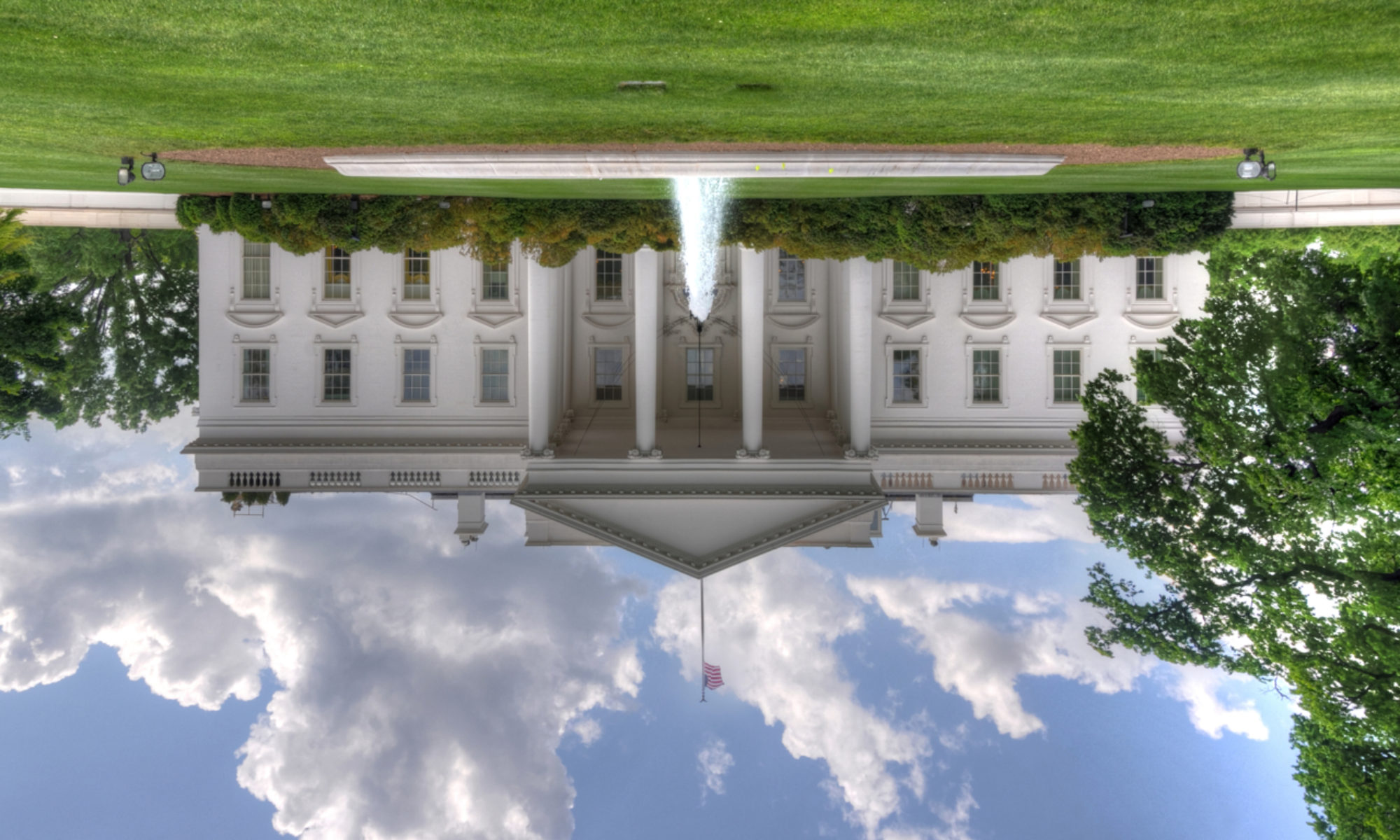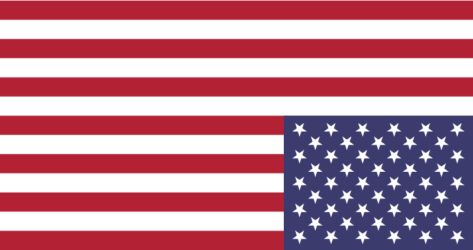When Fox News host Tucker Carlson repeatedly and flippantly mispronounced vice presidential candidate Kamala Harris’ name on his primetime show this week, he was using a subtle tool from the racist/sexist toolbox. Anyone can get a name wrong, but when national news personality Carlson intentionally dismissed the correct pronunciation with a sneer, it was more than a slip; it was a passive aggressive statement that Kamala Harris was of little consequence.
As Carlson launched into a disparagement of Harris, who is running for the second highest office in the land, he pronounced her name “KAM-a-la” several times.
“Just tell KAM a luh Harris what to say, and she will say it. That is the whole point of KAM a luh Harris,” said Carlson.
Carlson’s guest, Richard Goodstein, a Democratic strategist and former adviser to Hillary Clinton, tried to courteously correct Carlson’s pronunciation. “Tucker, can I just say one thing?” said Goodstein.
“Of course,” said Carlson,
““Because this will serve you and your fellow hosts on Fox. Her name is pronounced ‘comma’ — like the punctuation mark — ‘la.’ Comma-la,” Goodstein said. “Seriously, I’ve heard every sort of bastardization of that. That’s how it is. ‘Comma-la.’”
“OK,” said Carlson. “So what?”
“I think out of respect for somebody who’s going to be on the national ticket,” Goldstein responded. “Pronouncing her name right is actually kind of a bare minimum.”
“So I’m disrespecting her by mispronouncing her name unintentionally?” Carlson feigned indignance. “So it begins.” He proceeded to mispronounce Harris’ name twice more. “You’re not allowed to criticize ‘Ka-MAL-a’ or ‘KAM-a-la’ or whatever it is—”
“No, no, no. It’s not ‘whatever,’” Goodstein responded.
Kamala Harris has a name that’s not as easy to pronounce the first time as it would be if it were, say, “Ann Harris.” But it’s also not that difficult to pronounce. Most importantly, though, it’s her name, and she deserves at least an effort to pronounce it correctly.
“There’s nothing ‘or whatever’ about this moment,” said Angela Rye, former executive director of the Congressional Black Caucus, in response to Tucker Carlson’s “KAM-a -la or whatever.” “It is about you having to finally face what you have done to this country. To black people. To black women.”
“It’s like saying sit down, shut up, we don’t want to hear from you, you don’t actually matter,” said CNN political commentator Karen Finney.
In the 60s sitcom, Bewitched, Endora, the famous mother-in-law, used the deliberate mispronunciation of her son-in-law Darren’s name to keep him in his place. Endora intentionally mangled Darren’s name each time she talked to him or about him. Derwin, Dobbin, Dustbin, Derwood… That was comedy, but we understood what Endora was doing.
Underneath subtle-seeming acts like this is a world of aggression, hostility, and resentment, and the desire to downplay or dismiss a person’s worthiness to be acknowledged and respected. One could call it bullying.
These subtle aggressions are frequently encased in a set-up situation where the aggressor knowingly does or says something offensive, then responds indignantly as if the other party had wronged them by calling them out on it. The aggressor then turns it all around, as Tucker Carlson does, sneering at the other party’s “oversensitivity” or “political correctness,” and assuming the role of the unfairly treated victim.
People like Tucker Carlson — white, male, far-right-leaning, often evangelical fundamentalist— feel threatened by people like Kamala Harris. They fear they’re losing their perceived place in the world to women, to people of color, and to other groups they have traditionally marginalized. Accustomed to wielding the power, they are especially threatened when someone in one of these groups rises to a position of power over them.
Kamala Harris is not new to racism or sexism, or to having her name dismissively or intentionally mispronounced. She will certainly experience more of these things while running as Joe Biden’s candidate for Vice President. But as more people witness Tucker Carlson and those like him calling themselves out to be petty, passive aggressors, and as fewer people remain silent about their behavior, there will be fewer ways for them, small though they are, to hide.
Fox News Host Erupts Over Being Corrected on Saying Kamala Harris’ Name Properly | Veuer [2020-08-12]
Fox News Freaks Out Over Kamala Harris | HuffPost [2020-08-12]

